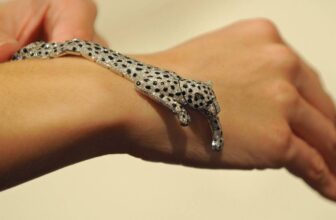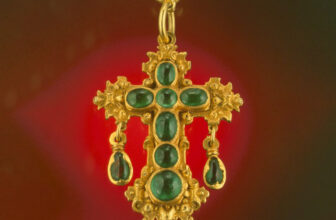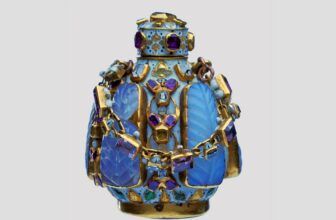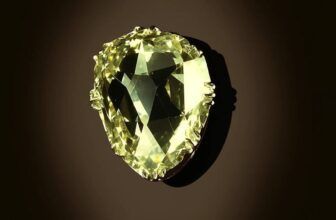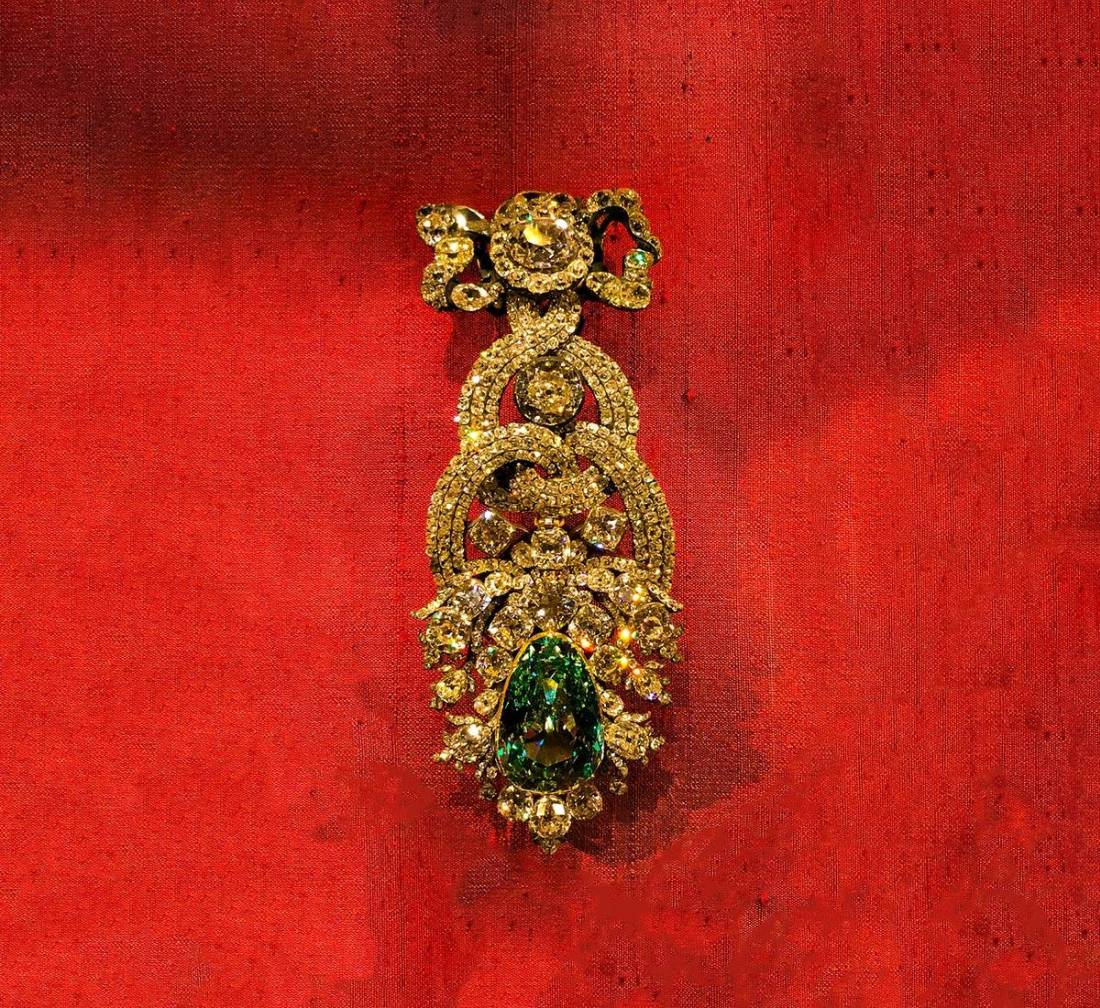
Dresden Green Diamond: History, Worth and Legacy
The Dresden Green Diamond is unlike any other gem in the world. Revered as one of the rarest and most mysterious diamonds known to humankind, its story is wrapped in centuries of European royal history, scientific fascination, and the enduring allure of priceless treasures. To understand the Dresden Green Diamond is to step into a tale that spans continents, cultures, and dynasties , a story that is still unfolding today.
A Jewel Born of Nature’s Rarest Alchemy
Diamonds themselves are already miracles of nature. Forged deep beneath the Earth’s mantle under conditions of unimaginable heat and pressure, they rise to the surface only through volcanic eruptions. Yet, even among these extraordinary creations, the Dresden Green stands apart.
What makes this diamond unique is its color. The Dresden Green is a natural green diamond, weighing 41 carats in its finished form. Unlike many colored diamonds that derive their hues from chemical impurities , such as boron in blue diamonds or nitrogen in yellow ones , green diamonds acquire their color in a far rarer way.
The verdant glow of the Dresden Green comes from natural radiation exposure deep underground over millions of years. Subatomic particles subtly altered the crystal lattice of the diamond, causing it to absorb light in a way that produces its extraordinary green hue. This natural process is almost impossible to replicate in identical brilliance, and that makes the Dresden Green one of the finest examples of its kind.
While there are a few other famous green diamonds in existence, such as the Aurora Green or the Ocean Dream, none have the size, clarity, and historical legacy of the Dresden Green.
Dresden Green Diamond Discovery in the Mines of India
The early chapters of the Dresden Green Diamond trace back to India, particularly the famous Golconda mines, which yielded many of the world’s most storied gems. For centuries, Golconda was the source of legendary diamonds , the Koh-i-Noor, the Hope Diamond, and the Regent, among others.
Although the exact date of discovery is uncertain, historians believe the Dresden Green surfaced in the early 18th century. India was at that time still the unrivaled supplier of the world’s diamonds, and wealthy European merchants, aristocrats, and monarchs looked to its mines for rare stones to symbolize power and prestige.
From the mines, the rough green diamond eventually made its way into European markets. It was during this journey that the diamond’s fate became entwined with the Electorate of Saxony, and more specifically, the ambitious ruler who would ensure its enduring fame.
Augustus the Strong and the Dresden Green
The Dresden Green owes much of its story to Augustus II of Poland, also known as Augustus the Strong, Elector of Saxony. Ruling in the early 18th century, Augustus was renowned not just for his political ambitions but also for his insatiable appetite for luxury and art.
He was a man obsessed with grandeur. His collections included everything from porcelain to paintings, weaponry, and jewels. Among these, diamonds were his particular passion. His quest for the most extraordinary gems led him to acquire the green diamond that would forever be tied to Dresden’s name.
The exact circumstances of Augustus’s purchase are still debated, but records show that the Dresden Green was acquired around 1741 in Leipzig. By then, the diamond had already drawn attention in London, where it was displayed in a prominent jeweler’s shop. The sale to Augustus cemented its new identity: the Dresden Green, forever linked to the city that became its home.
Once in Saxon hands, the Dresden Green was cut and polished into its current pear-shaped form. At 41 carats, it retained both impressive weight and remarkable clarity, a testament to the skill of its cutters.
But a stone of such magnitude could not simply remain unadorned. Over the years, it was mounted into various jewel settings, often surrounded by other diamonds and precious stones. The most famous of these settings was the hat ornament created in 1768 by the court jeweler. The Dresden Green was placed alongside two large white diamonds and over 400 smaller stones, forming a dazzling centerpiece that epitomized royal splendor.
This ornate hat clasp became one of the defining symbols of Saxon court magnificence. Worn on ceremonial occasions, it announced not only wealth but also the cultivated taste of Dresden’s rulers.
The Dresden Green in Turbulent Times
The Dresden Green did not exist in a vacuum. It lived through centuries of European turmoil: wars, revolutions, and the shifting fortunes of royal families. Each period left its mark on the diamond’s journey.
Napoleonic Era
During the Napoleonic Wars in the early 19th century, many European treasures were looted or lost. Yet, the Dresden Green survived these upheavals, safeguarded in the royal collections of Saxony.
World War II
The most dangerous period in the diamond’s history came during the 20th century. As World War II engulfed Europe, Dresden itself became a target of devastating Allied bombing raids. Fearing the destruction or theft of their treasures, authorities evacuated the Dresden Green and other priceless jewels to secure storage.
The city of Dresden was almost completely destroyed in February 1945, but thanks to these precautions, the diamond survived. After the war, however, the Soviet Union confiscated many of Saxony’s treasures, including the Dresden Green. For several years, its fate was uncertain. Finally, in 1958, the Soviet Union returned the jewel to Dresden, where it once again took its place as the crown jewel of the city’s Green Vault museum.
Beyond its beauty, the Dresden Green Diamond has attracted the attention of scientists. Its natural green coloration made it a subject of particular interest to gemologists.
Many diamonds can be artificially irradiated to produce a green hue, but such treatments often result in uneven or surface-only coloration. The Dresden Green, by contrast, has an evenly distributed, natural green color that penetrates deeply into the stone. Scientific examinations have confirmed its authenticity, making it one of the rarest treasures in the world of gemology.
In fact, the Dresden Green has often been used as a reference point in the study of colored diamonds. Its very existence continues to help experts understand the geological processes that create such rare stones.
The Worth of the Dresden Green
So what is the Dresden Green Diamond worth today?
Unlike many gems that have been sold at auction, the Dresden Green has remained in institutional ownership for centuries. This means it has not been subject to modern bidding wars that set astronomical prices for rare stones. However, gemologists and historians have attempted to estimate its value.
Considering its size, rarity, flawless provenance, and historical significance, the Dresden Green has been valued at well over $200 million USD in today’s terms. Some estimates even place it higher, given the soaring prices of colored diamonds in recent decades.
For comparison: the 16-carat Aurora Green Diamond, sold in 2016, fetched over $16 million , a record price per carat for green diamonds. The Dresden Green, at 41 carats with far greater historical importance, would likely command several times that figure if it ever came to market.
Of course, its cultural and historical value to Germany , and indeed the world , is beyond monetary calculation.
Past Owners of the Dresden Green
The story of ownership is relatively simple compared to other famous diamonds like the Hope or the Koh-i-Noor, which changed hands many times through conquest and theft.
18th Century: Originally mined in India, the diamond was acquired by merchants before appearing in Europe.
1741: Purchased by Augustus III of Poland (Elector of Saxony), cementing its association with Dresden.
18th–20th Century: Remained in the collections of Saxon electors and kings.
Post-World War II: Temporarily seized by the Soviet Union before being returned to Dresden.
Today: Officially owned by the State of Saxony and housed as part of the Grünes Gewölbe (Green Vault) museum collection.
Thus, the Dresden Green has never passed into private hands in the modern era, and its ownership has been remarkably stable compared to most great diamonds.
Where Is the Dresden Green Diamond Today?
Today, the Dresden Green Diamond resides in its namesake city at the Grünes Gewölbe (Green Vault) museum in Dresden, Germany. This museum, part of the Dresden State Art Collections, is one of the oldest treasure chambers in Europe, founded by Augustus the Strong himself.
The Green Vault was meticulously restored after the devastation of World War II, and it now serves as both a cultural landmark and a secure home for the Saxon royal treasures. The Dresden Green is displayed there under conditions that ensure both security and preservation.
Visitors to Dresden can view the diamond in its historic setting, often marveling not just at its beauty but also at the way it has survived centuries of upheaval to remain a living link to history.
The 2019 Green Vault Thieves
The Dresden Green has also had a brush with modern crime drama. In November 2019, thieves carried out a spectacular burglary at the Green Vault museum, stealing a large number of priceless jewels. The robbery made headlines worldwide and was described as one of the largest art heists in modern history.
Fortunately, the Dresden Green itself was not stolen. At the time of the robbery, the diamond was on loan to the Metropolitan Museum of Art in New York for an exhibition. By sheer luck , or foresight , it escaped the heist. When news of the theft broke, curators in New York breathed a sigh of relief, knowing that the most famous gem in their collection was safely across the Atlantic.
The stolen jewels have since been partly recovered, but the incident only underscored the fragility of preserving such treasures in the modern world.
Why the Dresden Green is Important
The Dresden Green Diamond is more than just a rare gemstone. It is a window into human history , into the ambitions of rulers, the artistry of jewelers, the scientific wonders of geology, and the precarious survival of culture through wars and upheavals.
For Dresden itself, the diamond is a symbol of resilience. The city has endured destruction and rebirth, much like the diamond itself, which emerged from the Earth’s depths to become one of the world’s greatest treasures.
And for the wider world, the Dresden Green stands as a reminder of the extraordinary beauty that nature can create , beauty that transcends monetary value, belonging not just to one ruler or one country, but to human heritage as a whole.
The Dresden Green Diamond’s story spans nearly three centuries of European history, from its discovery in India to its glittering home in Dresden today. Along the way, it has witnessed the ambitions of kings, the devastations of war, and the fascination of scientists.
It is valued at hundreds of millions of dollars, but its true worth lies in its uniqueness: the largest and finest natural green diamond known to exist, preserved against all odds.
Today, visitors can still stand before it in the Green Vault museum, gazing at a piece of history that has outlasted empires. The Dresden Green is not just a jewel. It is a survivor, a symbol, and one of the most extraordinary treasures ever created by nature and cherished by humanity.
